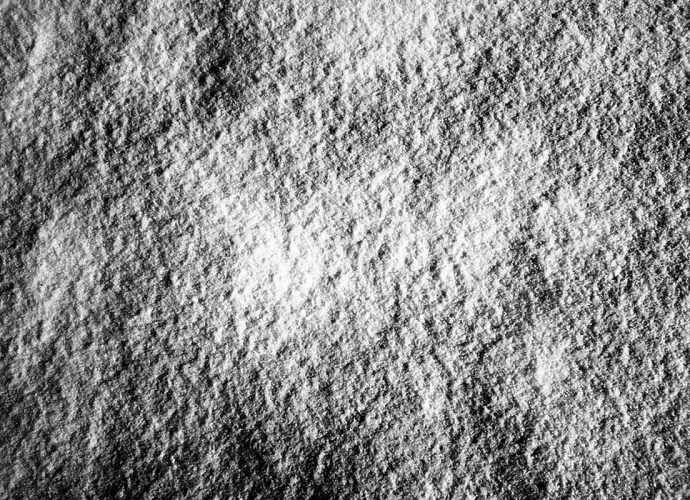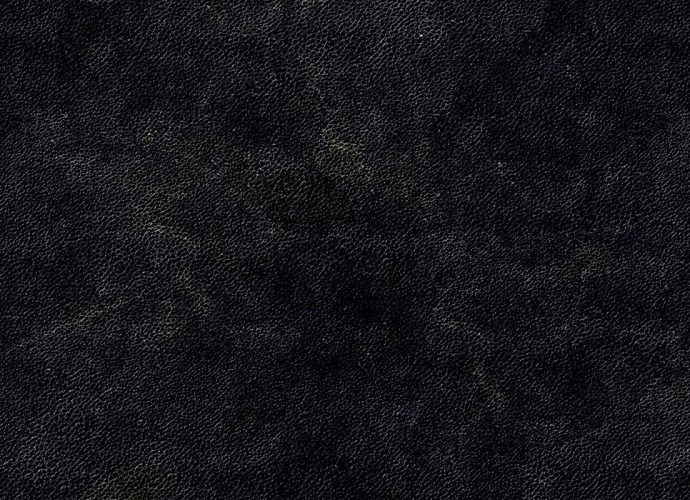Is 2 Layers Of Polyurethane Enough?
For protection, two coats are the minimum, but floors and anything else that will see hard wear or occasional moisture should get at least three coats. Each coat also makes the finish a bit smoother. Can I get away with only one coat of polyurethane? Apply a thin coat ofRead More →




